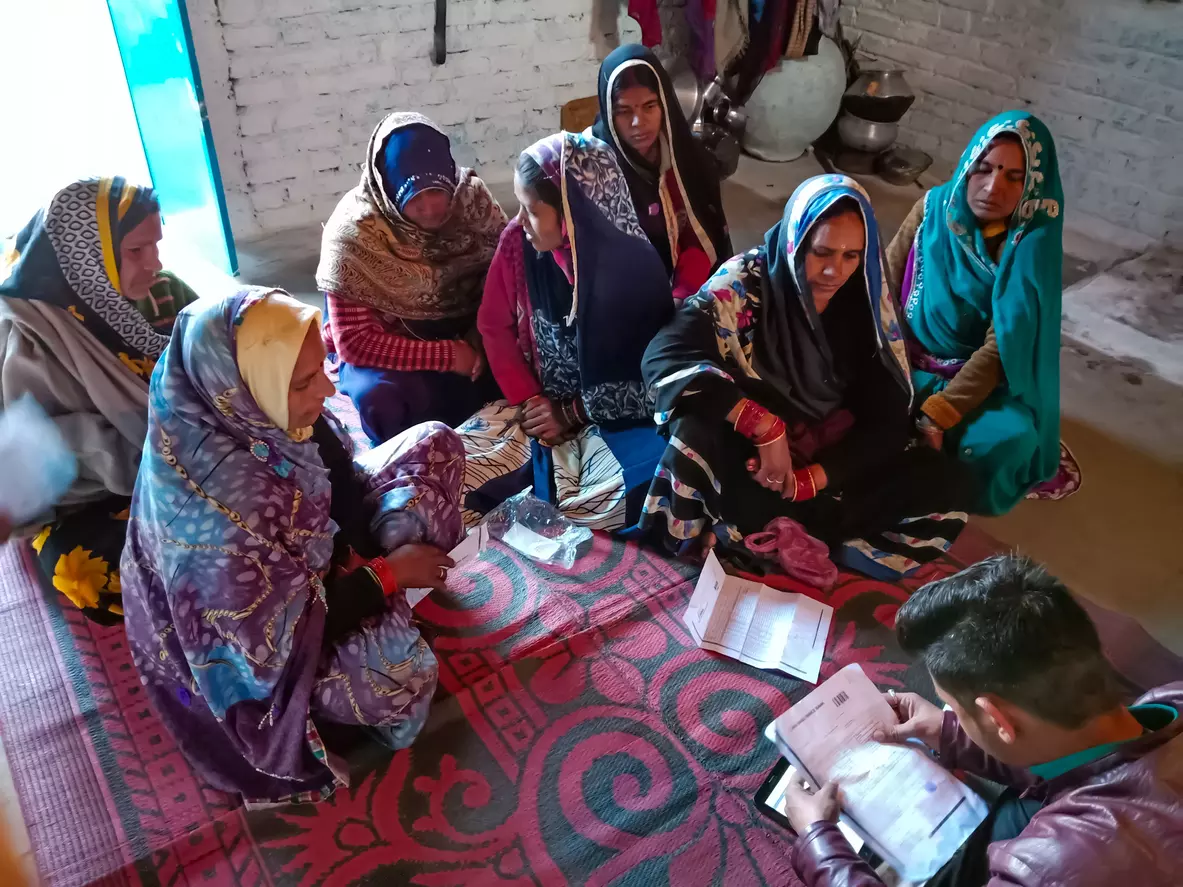
Microfinance interest rates continue to be steep despite RBI advice
When usurious interest is not maintainable even in big commercial transactions, how can small borrowers deal with it?

The Reserve Bank of India (RBI) is unhappy with the rates offered by microfinance (MFIlenders, including banks and non-banks, catering to borrowers in the microfinance space. There has not been any cooling off in the lending rates to microfinance borrowers, which has caught the attention of the banking regulator.
Microfinance is a banking service provided to low-income individuals or groups who would otherwise have no other access to financial services. It allows people to take on small business loans safely, in a manner consistent with ethical lending practices.
Most microfinance operations occur in developing nations, including India. Like conventional lenders, microfinanciers charge interest on loans and stipulate specific repayment plans. The global microfinance market was valued at an estimated $187 billion in 2022. It is expected to exceed $488 billion by 2030.
RBI’s directions
In March 2022, the RBI came out with detailed directions for microfinance institutions. The said directions have been effective from April 1, 2022.
According to the RBI, “A microfinance loan is defined as a collateral-free loan given to a household having annual household income up to Rs 3,00,000. For this purpose, the household shall mean an individual family unit, i.e., husband, wife and their unmarried children.”
Furthermore, all collateral-free loans, irrespective of end use and mode of application / processing / disbursal (either through physical or digital channels), provided to low-income households, i.e., households having annual income up to Rs 3,00,000, shall be considered as microfinance loans.
The RBI has mandated that to ensure the collateral-free nature of the microfinance loan, the loan shall not be linked with a lien on the deposit account of the borrower. Microfinance institutions shall have a board-approved policy to provide the flexibility of repayment periodicity on microfinance loans according to the borrowers’ requirement.
The RBI has made it mandatory for lenders to display the minimum, maximum, and average interest rates charged on microfinance loans in all their offices, in the literature (information booklets/ pamphlets) issued by them and details on their website.
Exorbitant interest rates
Though the RBI has not prescribed any specific interest rates for microfinance, it has mandated that the interest rates and other charges / fees on microfinance loans should not be usurious and these shall be subjected to its supervisory scrutiny.
Furthermore, the RBI has worked out a repayment schedule as an example and, in that, it has applied a monthly interest rate of 15 per cent. Effective annualised interest rate (in percentage) computed on net disbursed amount using the Internal Rate of Return approach and reducing balance method comes to 17.07 in the illustration. This demonstrates the expectation of RBI on the interest rate that can be charged by microfinance institutions.
The following table provides the interest rates charged by some major microfinance companies.
The above table reveals that the interest rates charged by most microfinance institutions are exorbitant. What is prevailing now goes against the intent of the March 2022 guidelines of RBI which overhauled several practices of the microfinance business, including lifting the 10 per cent cap in pricing. The guidelines were aimed at reducing borrowing rates for microfinance customers, but the situation on the ground is very different.
Credit Access Grameen has recently announced that in Q4 FY23, its net interest margin (NIM) was 12.2 per cent. One must compare this with the NIM of banks to understand the extent of the exorbitant interest of microfinance institutions. Banks’ NIM was 3.3 per cent in Q4 FY23.
Intervention needed
When usurious interest is not maintainable even in any commercial transactions, it is all the more necessary that the small borrowers should be helped with a concessional rate of interest.
It will not be out of place to cite a case decided by the High Court of Andhra Pradesh on March 25, 2022 (Appeal Suit No.666 of 2000). The court disallowed 30 per cent annual interest contracted and observed: “It would be appropriate to reduce the interest rate substantially. To the mind of this Court, a rate of 14% p.a., compounded annually, would be equitable and fair to both sides.”
According to market sources, the lending rates offered to microfinance borrowers may have increased to a five-year high of 24.7 per cent since May 2022. This is around a 200-basis-point increase in the pricing level on a year-on-year basis.
One reason for the increase may be the rise in the lending rates of banks to these microfinance institutions, which is in tune with the increase in the repo rate. But even after discounting this reason, the interest rates small borrowers are expected to pay are usurious, and meaningful intervention by the RBI is much needed.
(This article is meant to provide information, and does not constitute investment advice.)

